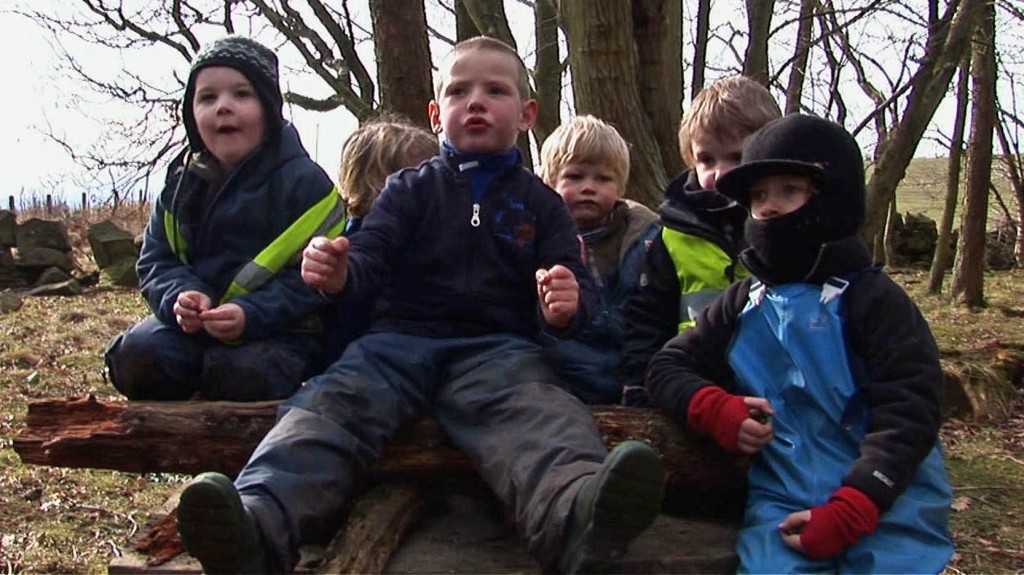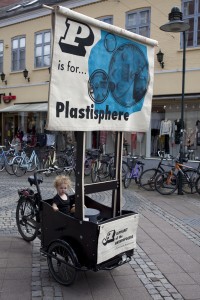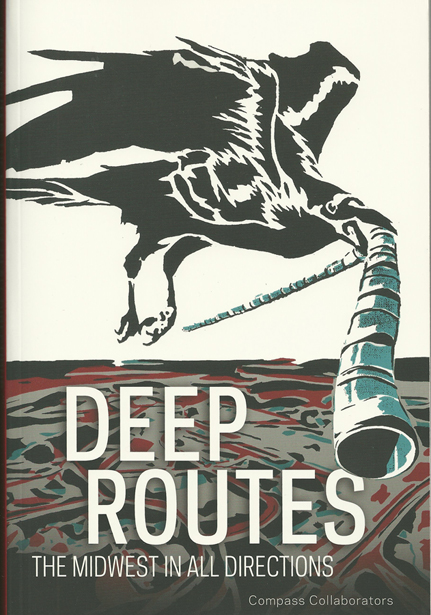Into the Middle of Nowhere
I’m reading this book right now: Last Child in the Woods: Saving Our Children from Nature-Deficit Disorder.The author Richard Louv looks at the psychological effects of spending time in the natural world, which you may have guessed tend to be overwhelmingly positive for children and adults, improving creativity, mood, and social relationships. You may have also guessed that in contemporary society, most people are not spending enough time with the natural world, what with all the screens to attend to and status updates to like.
Louv explores what can cause a nature deficit–the immersion in technological devices, of course, but also things like suburban neighborhood covenants that prevent children from building tree houses. He does not put a priority on a specific kind of natural experience, he sees nature as everything from national park wilderness to an overgrown lot at the end of a city street. His focus is on how to create a culture that respects and is excited about the wonder of the natural world, that sees a forest not as a scary place but as a place of possibility. The book describes the decline of natural history education in universities as academia turns towards a profit oriented model. Louv argues that natural history education produces young people that are excited about the environment, but wilderness education does not have to begin at the university level, it can begin–in fact it is better if it begins–at a young age.
Which brings me to a short film that I would like to share. Into the Middle of Nowhere (2010) by director, Anna Frances Ewert follows small children for a day at a Scottish outdoor nursery. The children appear to be between the ages of three and six and are playing in a winter forest landscape. The adults voices are heard, but they are otherwise never seen in detail. The children, wrapped up in warm clothes and safety vests, and the forest–brown leaves, birds, branches, and sunlight–are the focus of the film. We hear the kids talking about riding in an animal boat or flying an airplane made of sticks to a place called “smoke bloke land,” a place if you were wondering, where “girls are not allowed.” One little boy gives “lions prowling lessons,” because they are known to enjoy prowling around while another swings on a log swing, occasionally hitting his head on the ground. There are no organized activities and games, the children are left to negotiate with each other and with what they find in the forest.
The film’s description calls the outdoor nursery unusual, but here in Denmark udflytterbørnehaver, or out-going kindergartens, are quite common. Children from the city hop on a bus each morning and ride out to the countryside around Copenhagen to spend the day outdoors. An out-going kindergarten in our neighborhood takes the kids to a place with beehives, chickens, and a garden, not quite wilderness, but a completely different experience than the heavily paved Nørrebro neighborhood in which we live; an experience that lets the kids work out their differences while getting their hands dirty in the soil.
Regardless of whether the outdoor nursery concept is common or not, Ewert’s film is a lovely glimpse of how play in nature can inspire imagination, giving children freedom to build their own worlds and to work out the politics of those worlds.
Watch Into the Middle of Nowhere here.
—
Thanks to Rethinking Childhood blog for the tip.
Radio Aktiv Sonic Deep Map (2013)
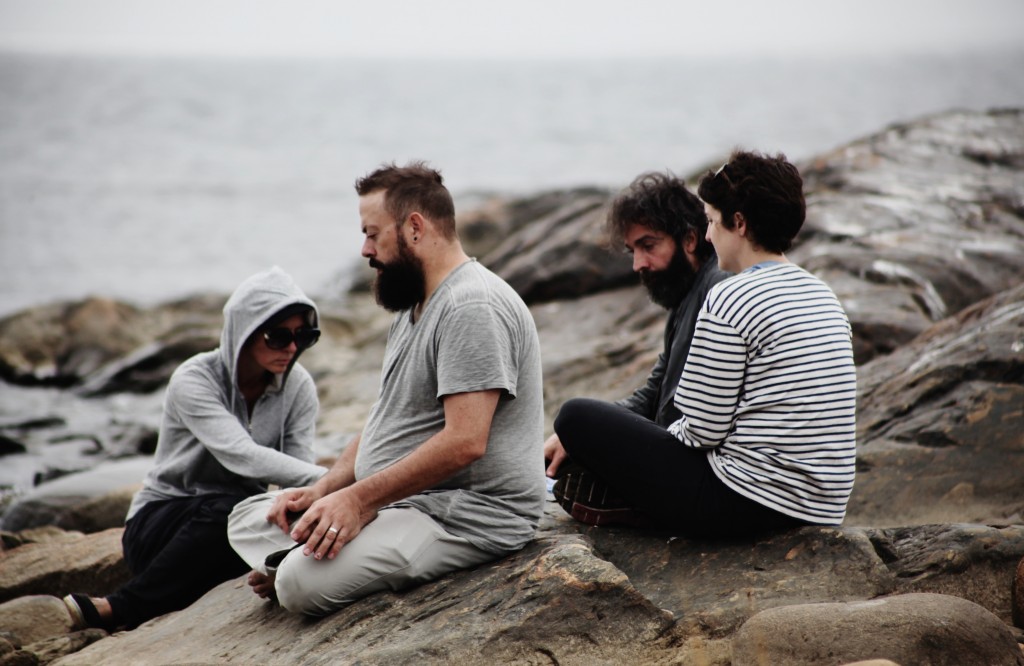
SUPERKILEN – Extreme Neoliberalism Copenhagen Style
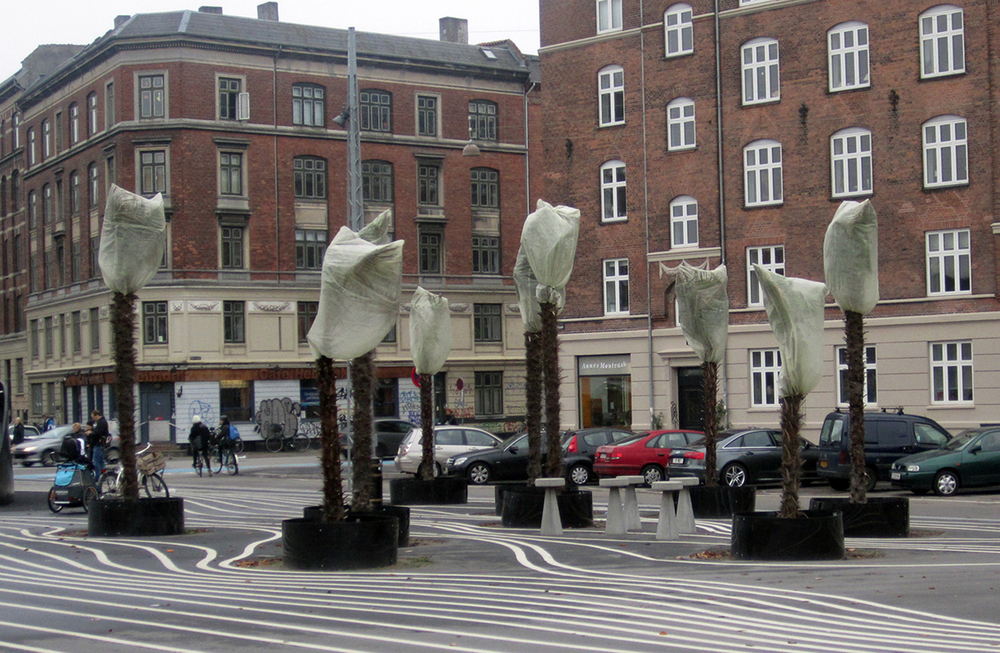
Read Brett's essay about the park.
Download our guide:
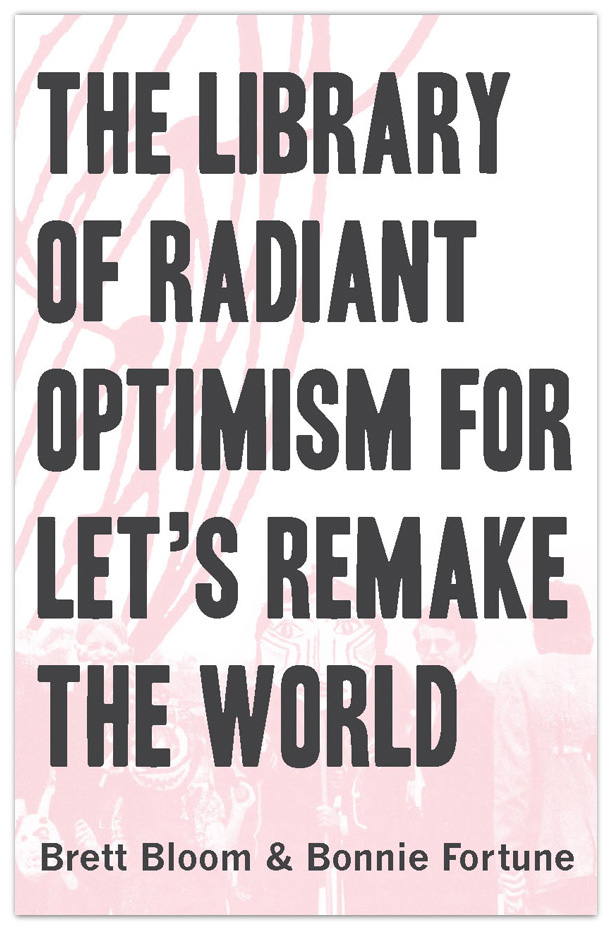
This is our guide to how-to books from the counterculture of the 60s and 70s. Click to get the download page.
Categories
- Agriculture (11)
- Animal sounds (1)
- Artist parents (19)
- Arts and culture (106)
- Bees (3)
- Book reviews (14)
- Books (18)
- Critical essays (5)
- Daily Photo (5)
- Design (36)
- Dirt (11)
- Environmental activism (43)
- Exhibitions (24)
- Farms (11)
- Forest (7)
- Friday connect (15)
- Growing (42)
- Habitat (38)
- Homesteading (16)
- Interviews (15)
- Kitchen (14)
- Living structure (9)
- MISC (15)
- Mythological (2)
- Neighborhood (83)
- Ocean News (1)
- Our Art Work (21)
- Personal – Design/Art (3)
- Play (2)
- Playground (4)
- Projects (21)
- Public space (53)
- Resilience (13)
- Sea Side (2)
- Sojabønner (2)
- Tofu (8)
- Vermont correspondence (7)
- Water (3)
- Wednesday picture (31)
- Workshop (1)
Video interview:

Watch our interview of SeedBroadcast, a mobile project that is part seed library and part seed-saving-story-collecting machine-recording the stories of seed saving, farming, and food sovereignty work being done around the US.
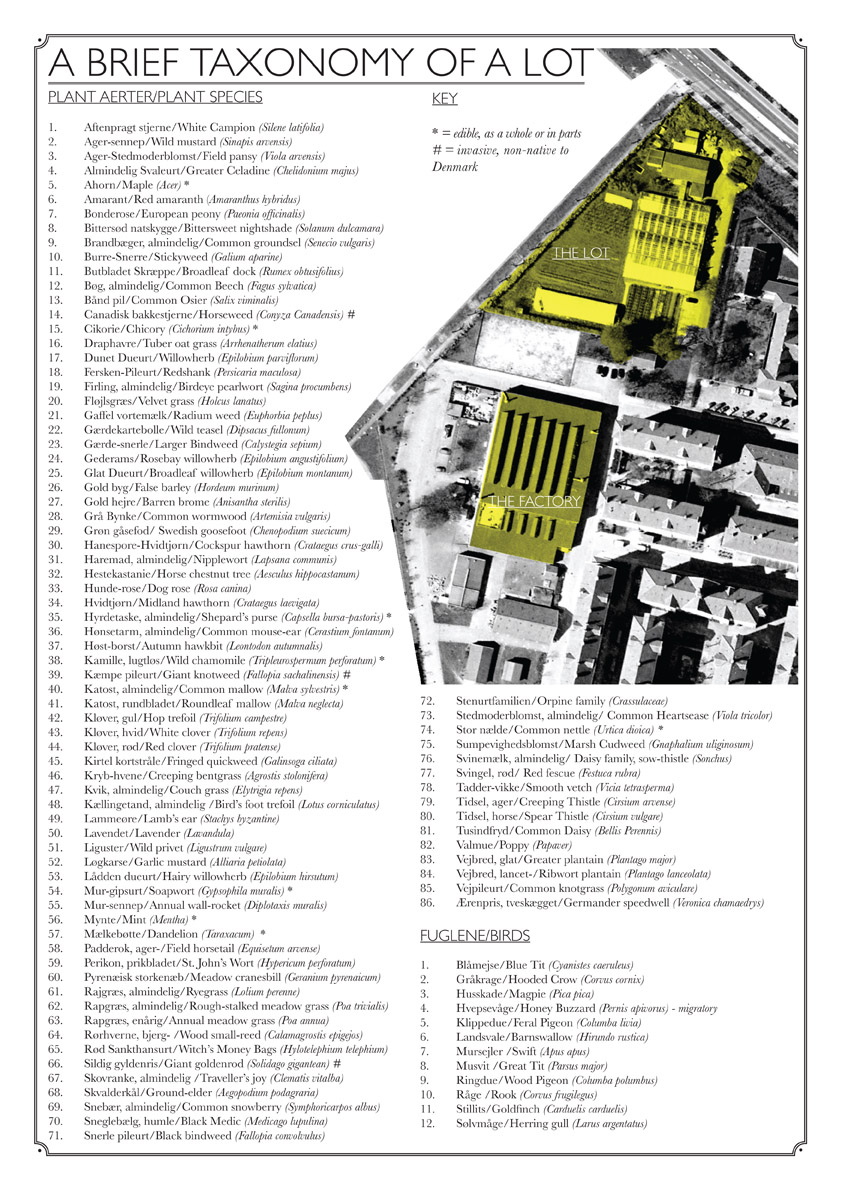
Download a poster Bonnie made about biodiversity in a vacant lot in the Amager borough of Copenhagen, in collaboration with biologist, Inger Kærgaard, ornithologist, Jørn Lennart Larsen and botanist, Camilla Sønderberg Brok: A BRIEF TAXONOMY OF A LOT

We made and installed a network of bat houses in Urbana, Illinois, to support the local and regional bat population, but also to begin a conversation about re-making the built environment.
READ MORE
BOOK REVIEW:
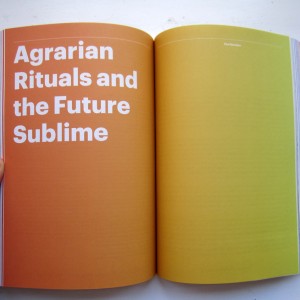
We write often about artists and art groups that work with putting ‘culture’ back in agriculture. Here is a new favorite: myvillages, a group of three women based in Germany, the Netherlands, and the UK. Read more...
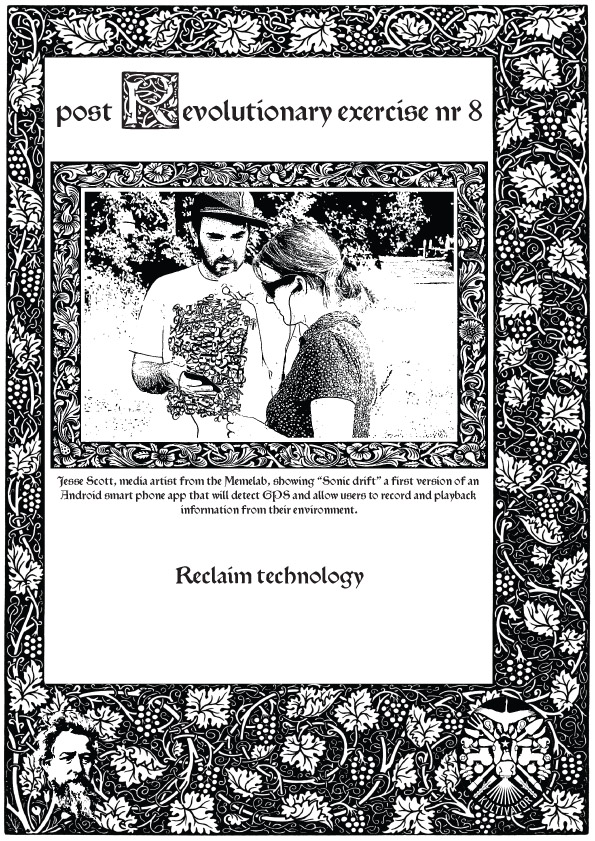
Post Revolutionary Exercises
We really admire the dedicated hard work of Kultivator who seeks to fuse agriculture and art in their work. Click this sentence to get a PDF of their poster collection called "Post Revolutionary Exercises."
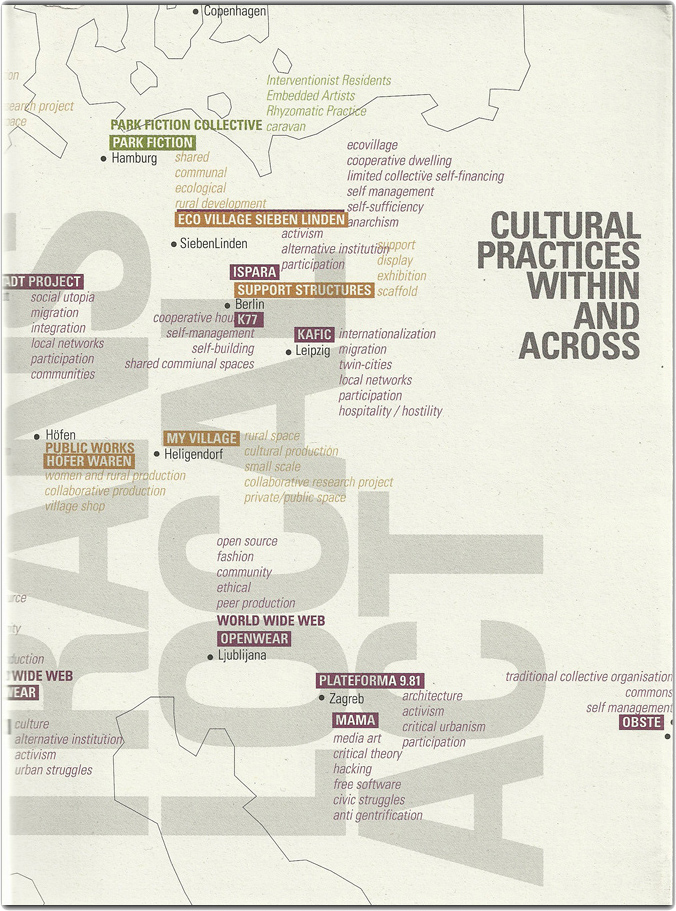
Cultural Practices Within And Across
This amazing book networks urban and rural resilience and sustainability projects around the world. Deeply inspiring projects in Romania, Paris, San Francisco, and elsewhere.
• Read our review of the book.
• Buy the book.
• Download the book.

